Grain-Free Dog Food and DCM: What the Latest Study Reveals
![]()
Grain-Free vs. Grain-Inclusive: What’s Really Safe for Your Dog’s Heart?
You’ve probably seen the headlines: “Grain-free diets linked to heart problems in dogs!” But is it really the grains causing trouble—or something else? A new 18-month study tracked healthy adult dogs on different diets, from grain-free with peas and potatoes to grain-inclusive options. The results? Heart function and taurine levels stayed normal across all groups. Translation: when your dog’s diet is properly balanced, grain-free alone isn’t the villain.
Feeding your pup a diet that supports heart health is key—and that’s where Dr. Jones’ Ultimate Omega 3 Formula for Dogs and Cats comes in. Packed with essential fatty acids, it supports cardiovascular function, reduces inflammation, and keeps your dog or cat feeling their best. Make heart-smart nutrition simple, tasty, and effective.
Support Dog’s Heart Health with Dr. Jones’ Ultimate Omega 3 Formula for Dogs and Cats


Peas, Legumes, and DCM: What the New Study Shows
Dog food and DCM. There’s a brand-new study suggesting maybe there really isn’t a direct link. If you’re looking to learn more about natural pet health and wellness, you’ve come to the right place.
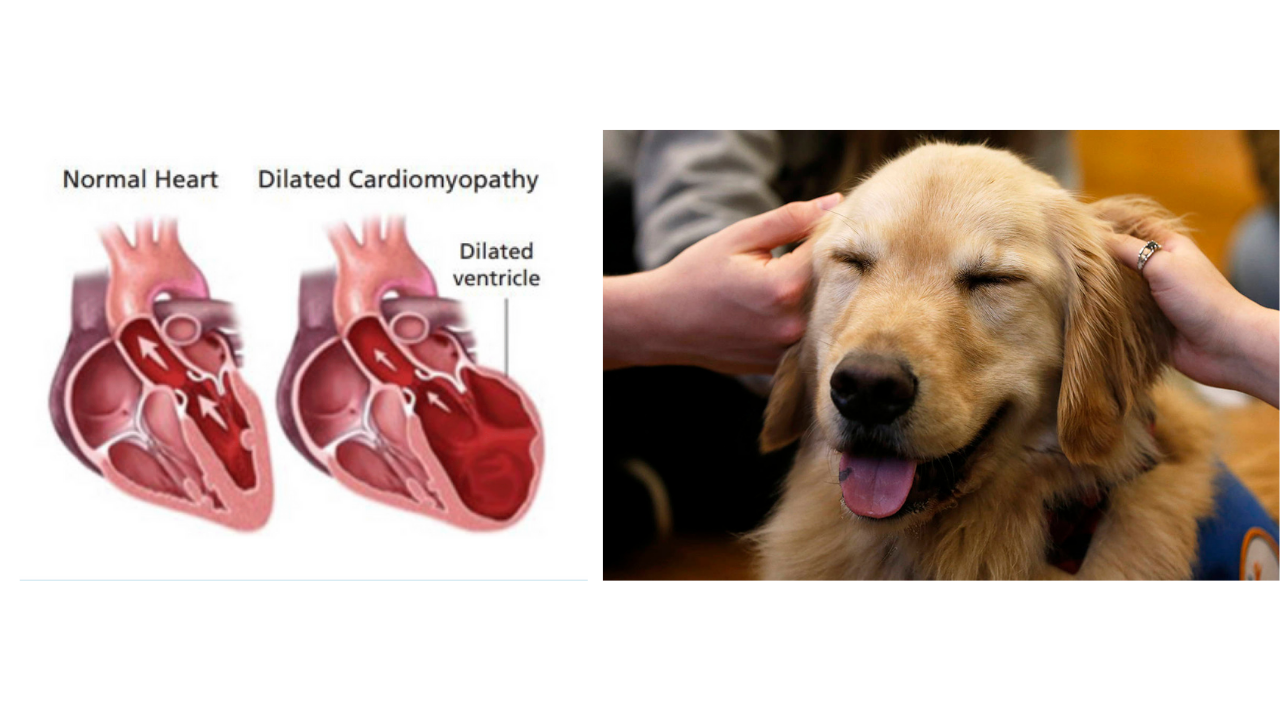
So, What Should I Be Feeding My Dog?
Kibble, raw, homemade—what’s best? And what about peas?
A few years ago, the first studies came out linking certain grain-free dog foods, particularly ones with legumes like peas, to DCM (dilated cardiomyopathy)—a type of heart disease. The FDA investigated, and roughly a thousand dogs were reported to have diet-induced DCM.
Many of these dogs responded to taurine supplementation, a key amino acid needed for normal heart function. Taurine deficiency can lead to heart disease, including DCM.
Here’s the tricky part: dogs can actually manufacture taurine from other amino acids. So, if the diet is balanced, they should make enough naturally. Yet, we saw unusual cases in breeds like golden retrievers, which raised red flags.

The New Study: Breaking It Down
I first saw this article shared by Dr. Karen Becker—thanks for highlighting it! The study set out to test the impact of different carbohydrate sources in dog food on heart health. DCM is the second most common heart disease in dogs, and grain-free diets had been implicated in previous reports.
Study Design
Healthy adult dogs were randomly assigned to one of four complete-and-balanced diets for 18 months:
-
Grain-free with potatoes and peas
-
Grain-inclusive with peas and pea fiber
-
Grain-inclusive without peas or potatoes
-
Grain-free with potatoes only
The researchers monitored heart function and taurine levels, while feeding each dog the exact amount specified on the label—no less, no more.
Study Findings
Across all four diet groups:
-
Heart function remained normal
-
Taurine levels stayed within normal ranges
-
There was no significant difference between grain-free and grain-inclusive diets
The conclusion? When diets are properly formulated and fed according to directions, balanced, high-quality nutrition supports heart health in adult dogs.
Why Did DCM Cases Happen Before?
Some foods might have been amino acid deficient. Amino acids are the building blocks of protein, and if a diet only meets minimal protein requirements but lacks certain amino acids, dogs might not synthesize enough taurine.
This isn’t about kibble vs. raw vs. homemade—it’s about ensuring a balanced amino acid profile.
Feeding less than the recommended amount can also create deficiencies. For example, if your dog is overweight and you reduce food intake by 25–30%, you might unintentionally reduce essential amino acids, which could affect heart health.
Peas: Should They Be in Dog Food?
Peas contain phytates, which can interfere with nutrient absorption. Dogs in the wild wouldn’t voluntarily eat peas, so they aren’t necessary in the diet. That said, if your dog is thriving on a diet with a small amount of peas, like Tula does at 14 years old, that’s perfectly fine.
My Practical Feeding Advice
-
Feed a balanced diet: Whether it’s kibble, raw, or homemade, focus on a diet with high-quality animal protein.
-
Check amino acid levels: Ensure the diet provides enough taurine and other essential amino acids.
-
Quality over quantity: Less filler, more digestible, animal-based ingredients.
-
Follow label directions: Don’t underfeed or overfeed; it impacts nutrient intake.
-
Monitor your dog: Keep an eye on weight, energy, and heart health.
Stay Updated
Click the subscribe button on Veterinary Secrets and hit the bell for notifications. When you sign up, you’ll also get a free copy of my book to help you naturally support your pet’s health and wellness.
CLICK TO GET A FREE COPY OF MY E-BOOK!

Feeding your pup a diet that supports heart health is key—and that’s where Dr. Jones’ Ultimate Omega 3 Formula for Dogs and Cats comes in. Packed with essential fatty acids, it supports cardiovascular function, reduces inflammation, and keeps your dog or cat feeling their best. Make heart-smart nutrition simple, tasty, and effective.






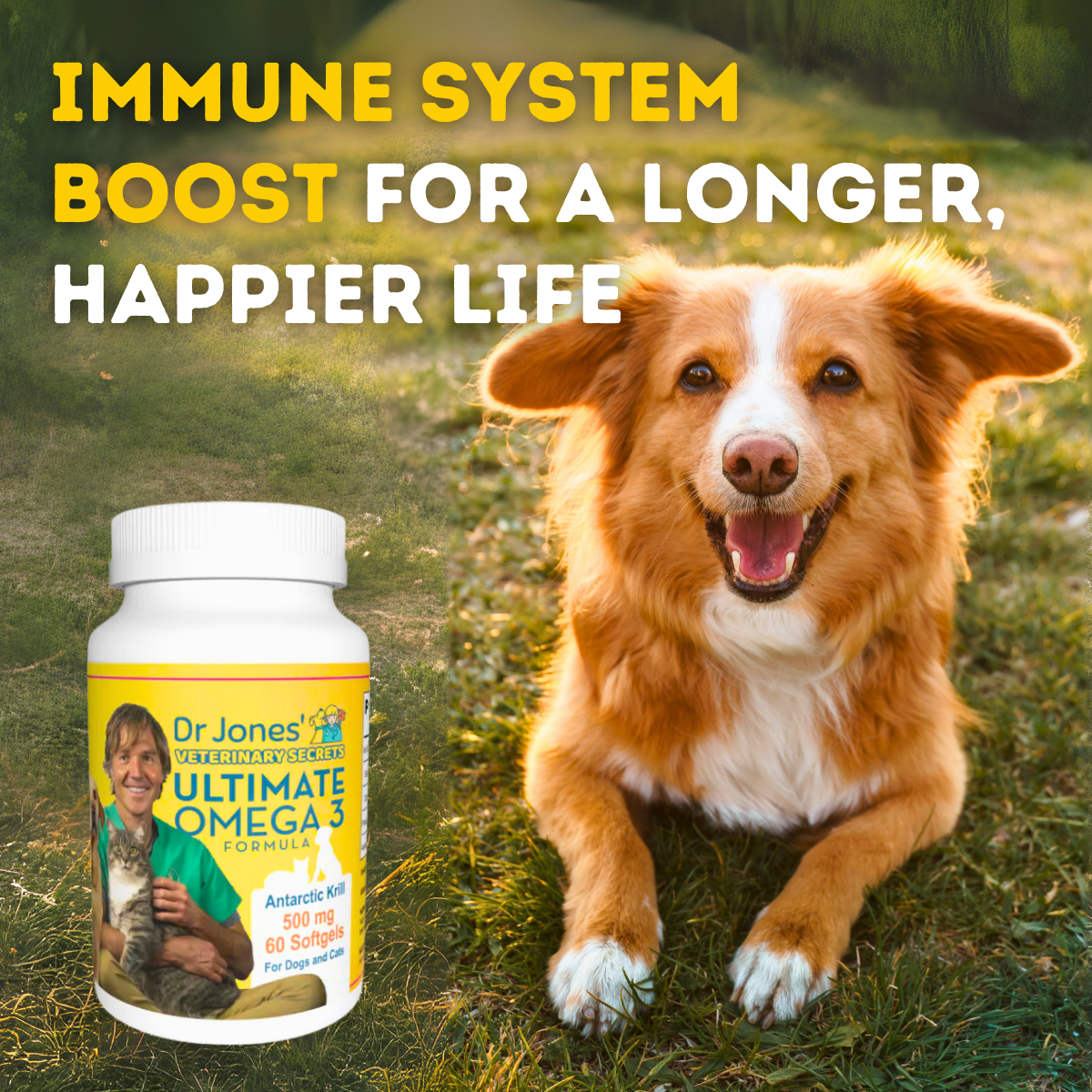
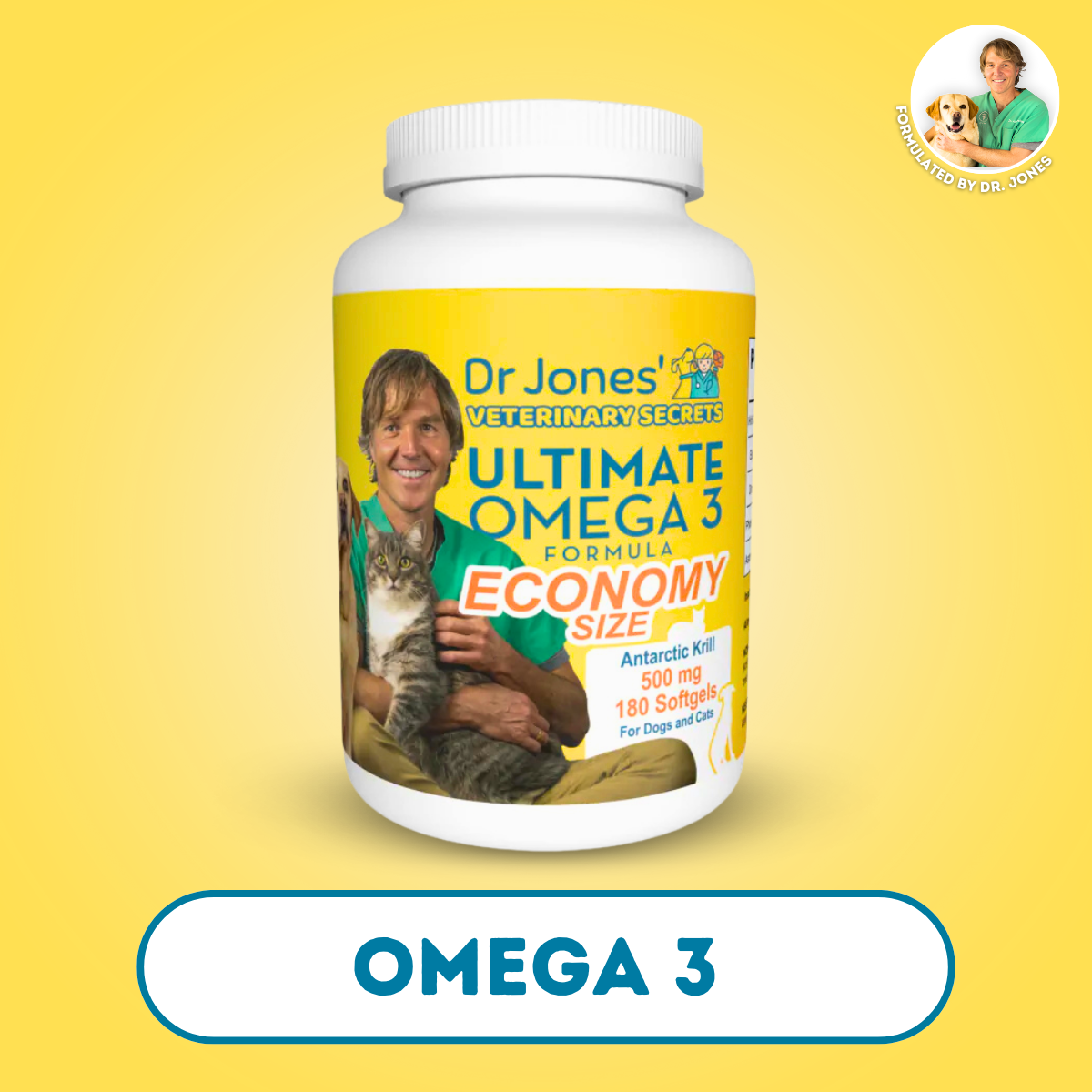
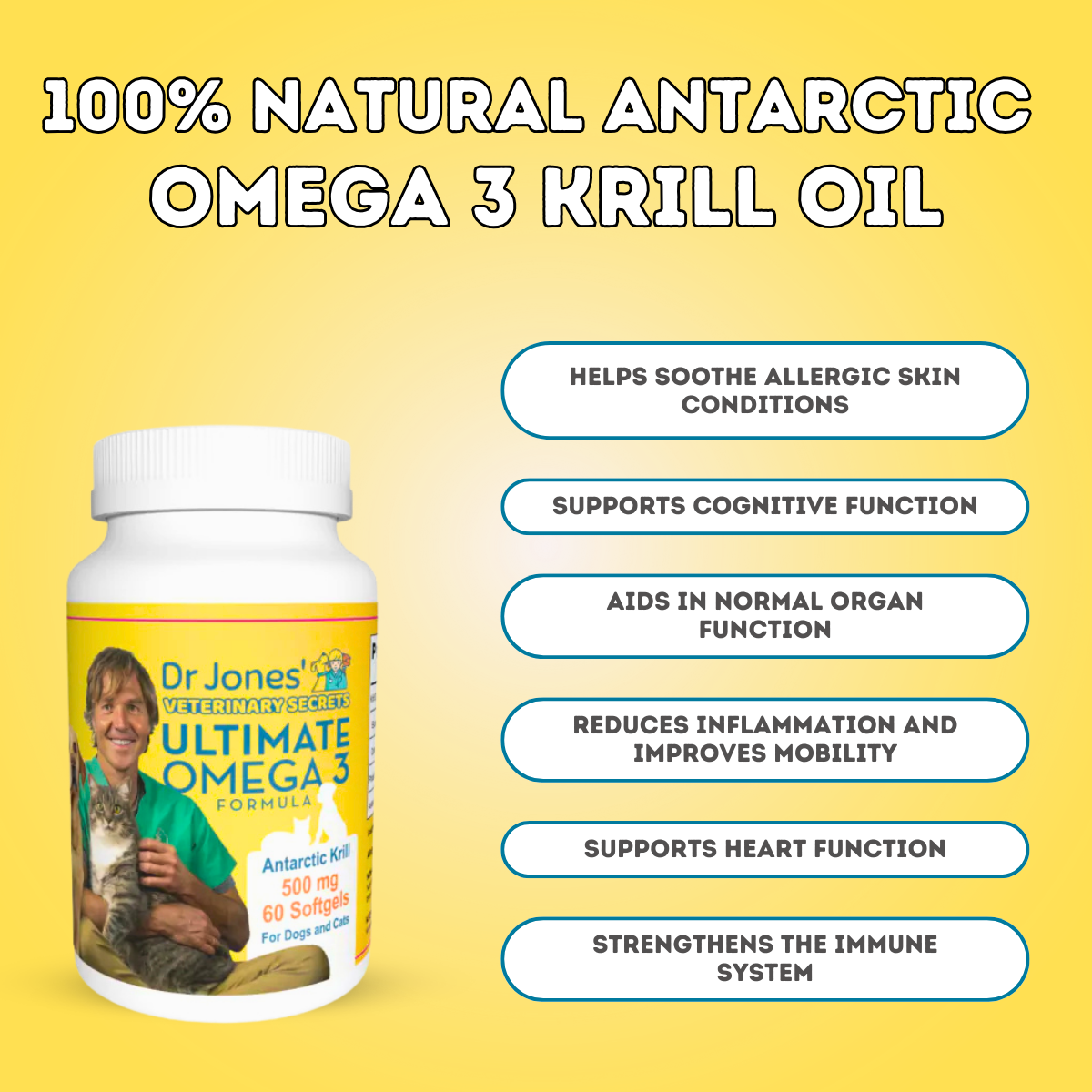

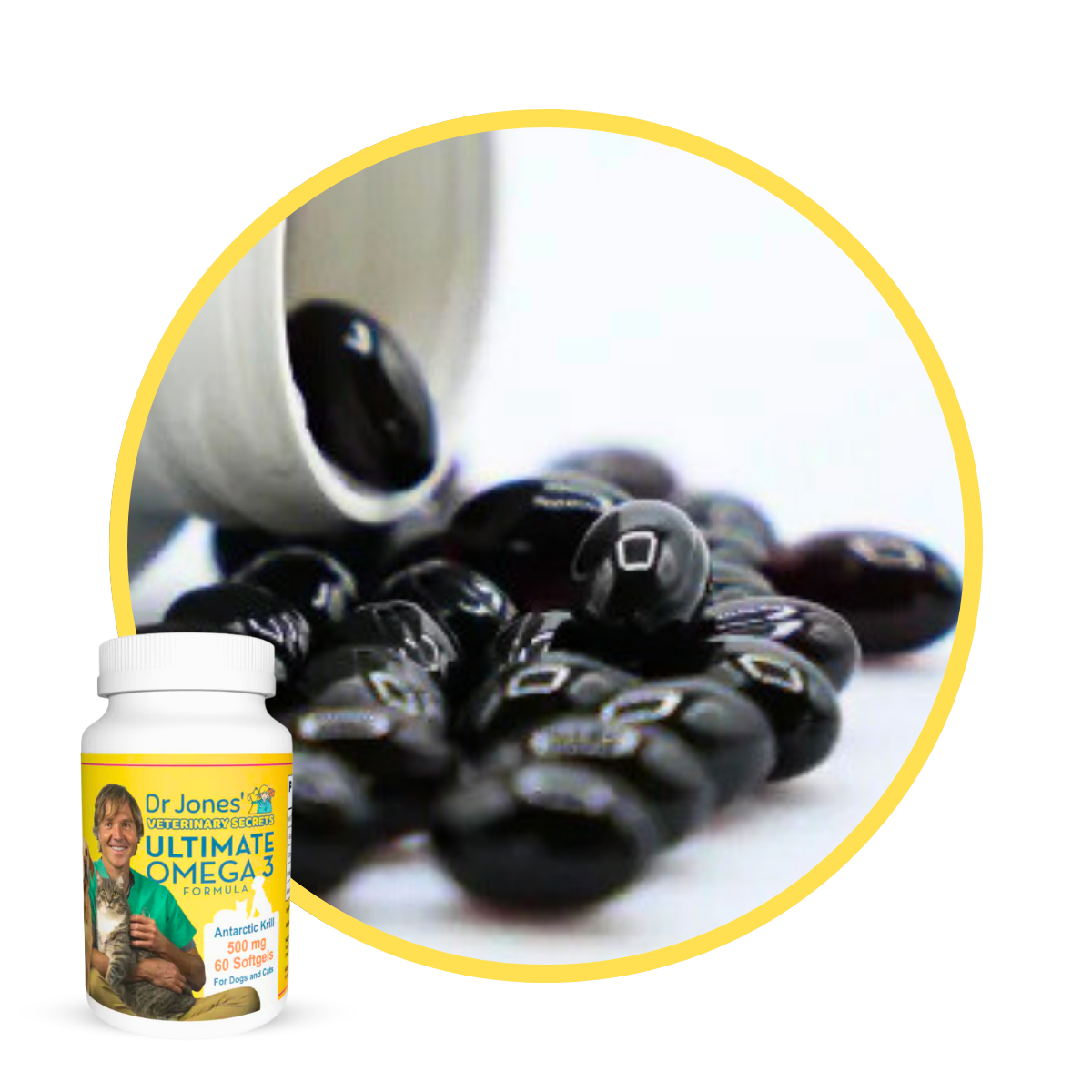
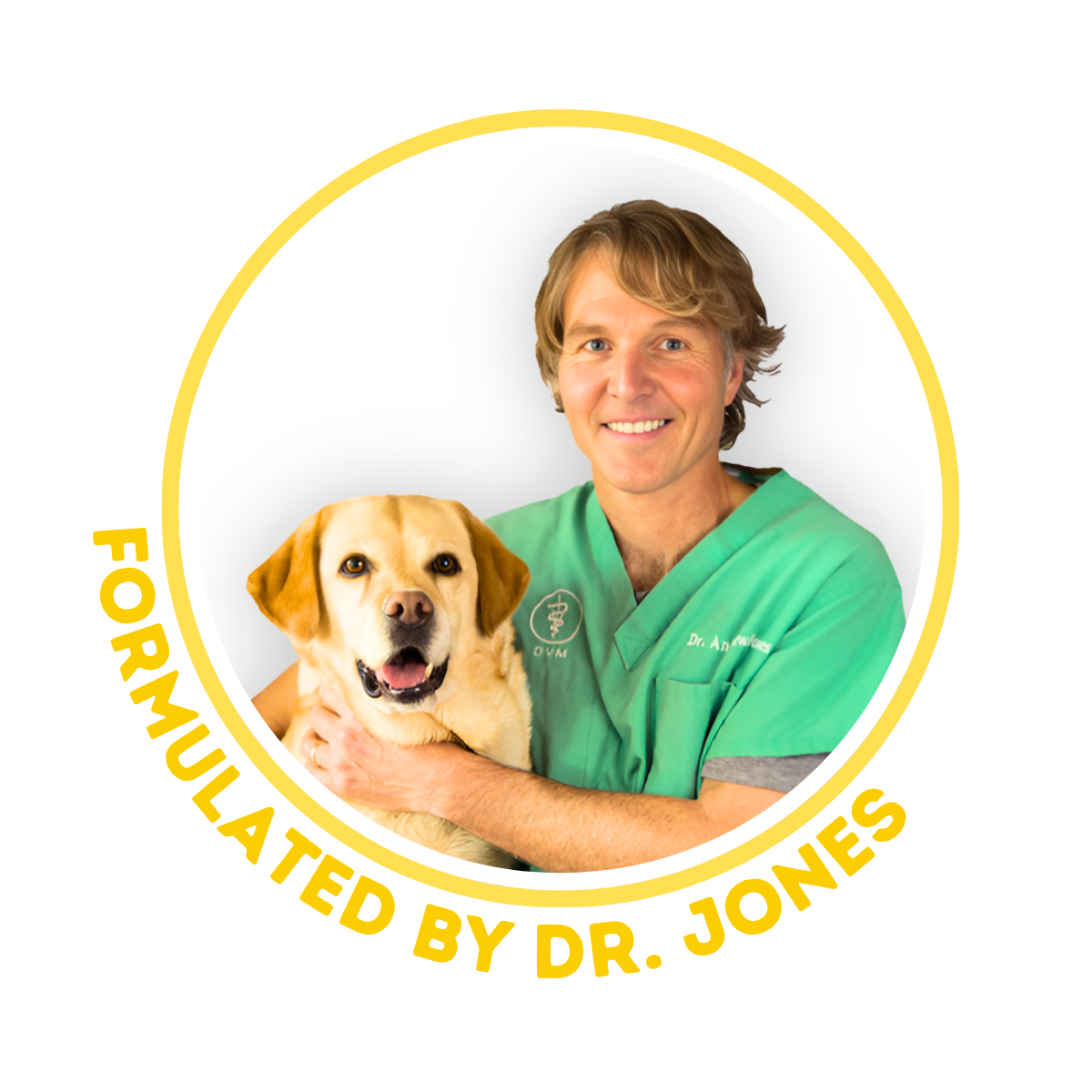
thank you Dr. Jones!
You’re the Dr. Eric Berg for animals ?